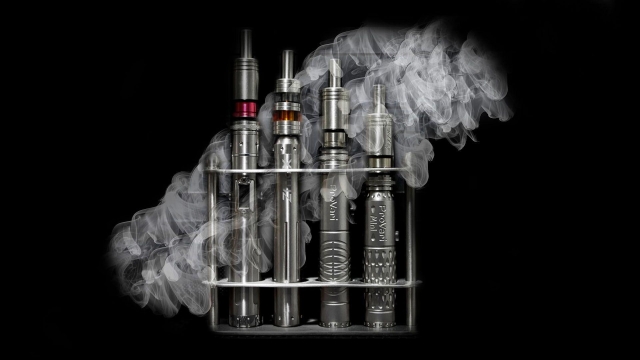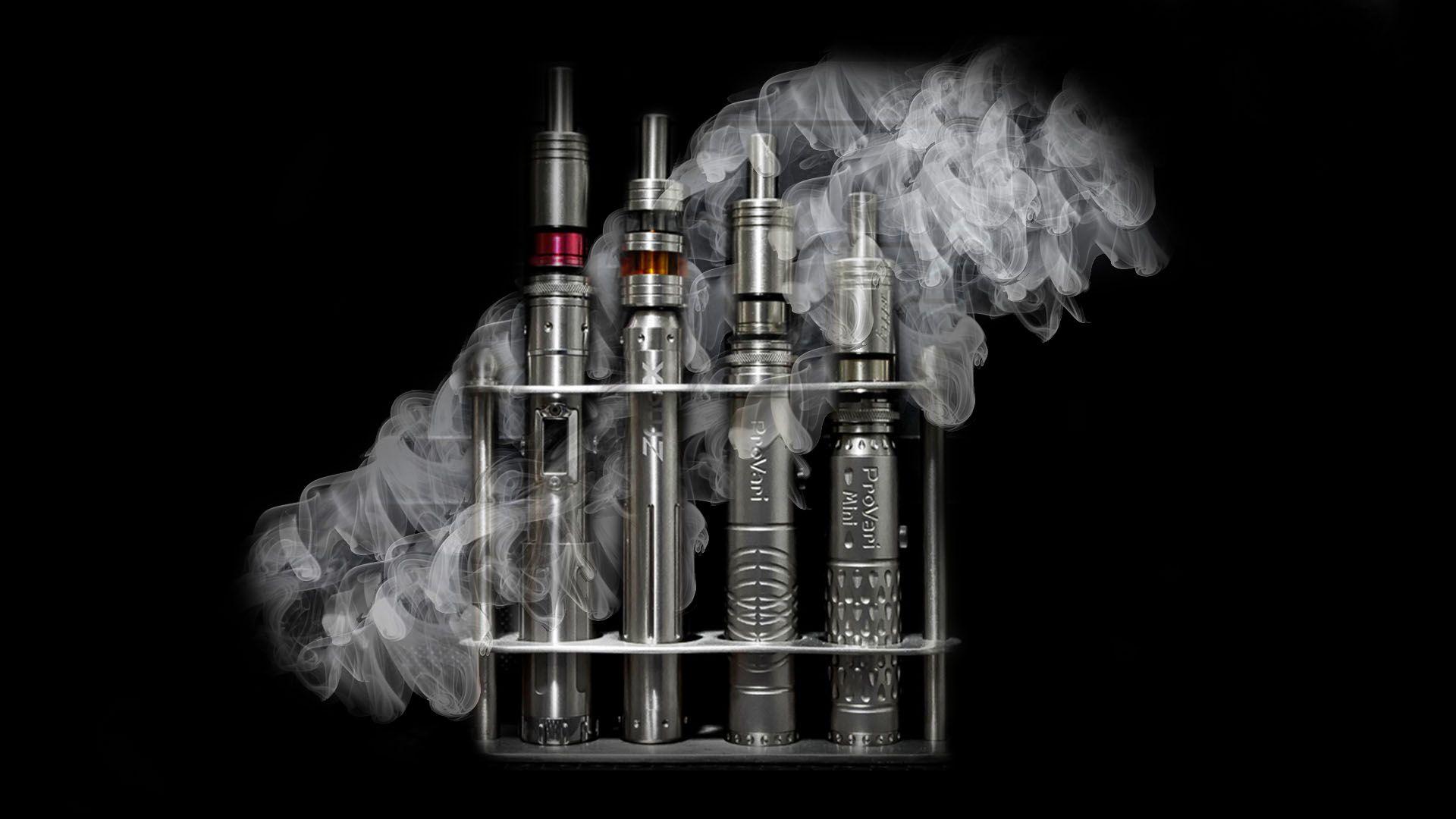
The Vaping Craze: Debunking Myths and Revealing the Facts
Vaping has become an increasingly popular trend in recent years, captivating the attention of many individuals looking for an alternative to traditional cigarette smoking. However, amidst the growing popularity of vaping, numerous myths and misconceptions have emerged, leading to confusion and misinformation. In this article, we aim to shed light on the topic by delving into the facts surrounding vaping while debunking the common myths that surround it.
First and foremost, it is essential to understand what vaping entails. Vaping refers to the act of inhaling and exhaling the vapor produced by an electronic cigarette or vape device. Unlike traditional cigarettes, which rely on combustion to release tobacco smoke, vaping devices heat e-liquids containing nicotine or other substances, creating an aerosol that is then inhaled. This alternative method has gained traction among individuals aiming to reduce their exposure to harmful chemicals associated with smoking.
One prevailing myth surrounding vaping is that it is just as harmful as, if not more harmful than, traditional cigarettes. However, multiple scientific studies have revealed that vaping is indeed a less harmful alternative to smoking. While it is not entirely risk-free, electronic cigarettes do not produce the vast array of toxic substances found in traditional tobacco smoke. This fact alone makes vaping a potentially beneficial option for those seeking to transition away from smoking.
Stay tuned as we dive deeper into the vaping phenomenon, examining its potential benefits, drawbacks, and the impact it has on both individuals and society. By debunking the myths and unveiling the facts, we hope to provide a comprehensive understanding of vaping and its implications in today’s world.
Myth 1: Vaping is Just as Harmful as Smoking
Many people believe that vaping is just as harmful as smoking, but this is a myth that needs to be debunked. While it is true that both vaping and smoking involve inhaling substances into the lungs, there are significant differences between the two.
Firstly, smoking involves the combustion of tobacco, which produces harmful chemicals and toxins that are known to cause various health issues. On the other hand, vaping typically involves heating a liquid called e-juice, which usually contains nicotine, flavorings, and other additives. This process does not create the same harmful byproducts as smoking, reducing the potential for health risks.
Secondly, smoking is associated with the inhalation of smoke, which contains thousands of harmful chemicals, including carbon monoxide and tar. In contrast, vaping produces aerosol or vapor, which is generally considered to be less harmful than smoke. While the long-term effects of vaping are still being researched, current evidence suggests that it is a less harmful alternative to smoking.
Lastly, vaping allows users to control their nicotine intake more easily compared to smoking. E-liquids come in various nicotine strengths, which allows individuals to gradually reduce their nicotine dependence if desired. This feature makes vaping an effective harm reduction tool for smokers looking to quit or reduce their tobacco consumption.
In conclusion, the myth that vaping is just as harmful as smoking is not supported by the available evidence. Although not completely risk-free, vaping is generally considered to be a less harmful alternative to smoking due to the absence of combustion and reduced exposure to harmful chemicals. However, it is essential to acknowledge that more research is needed to fully understand the long-term effects of vaping.
Fact 1: Vaping is Less Harmful than Smoking
Vaping has gained significant popularity in recent years as an alternative to traditional smoking. Many people wonder if it is actually a safer option. Here, we will take a closer look at the facts surrounding vaping and its potential health implications.
Firstly, it is important to note that vaping does not involve the combustion of tobacco, which is the primary source of harm associated with smoking. Traditional cigarettes release thousands of harmful chemicals, including tar and carbon monoxide, through the process of burning tobacco. Vaping, on the other hand, operates by heating a liquid that typically contains nicotine, flavorings, and other additives. This means that users are not exposed to many of the toxic substances found in cigarette smoke.
Secondly, while more research is needed, current evidence suggests that vaping may pose fewer health risks compared to smoking. Public Health England, an executive agency of the UK Department of Health, conducted a study that concluded vaping is approximately 95% less harmful than smoking. Additionally, several long-term studies have shown that smokers who switch to vaping experience significant improvements in their lung function and overall well-being.
However, it is crucial to recognize that vaping is not without its own potential risks. While the majority of vape juices consist of ingredients generally regarded as safe, some flavorings and additives may have unknown health effects when inhaled. Moreover, the long-term effects of inhaling the vaporized nicotine are still being studied. Therefore, it is recommended that non-smokers, especially young individuals, refrain from using e-cigarettes or any vaping devices altogether.
In conclusion, vaping is considered to be less harmful than smoking primarily due to the absence of tobacco combustion. Current evidence suggests that those who switch from smoking to vaping may reap significant health benefits. Nevertheless, it is important for individuals to understand that vaping is not completely risk-free. Further research is needed to fully understand the long-term effects, and caution should be exercised, particularly by non-smokers.
Myth 2: Vaping Leads to Smoking in Teens
Many people believe that vaping can lead to smoking in teens, but this is actually a myth that needs debunking. While it is true that both vaping and smoking involve the inhalation of substances, there is no conclusive evidence to support the claim that vaping directly leads to smoking in teens.
Numerous studies have been conducted to examine the correlation between vaping and smoking initiation among teenagers. However, the majority of these studies have failed to establish a clear causal relationship. In fact, some studies have shown that the prevalence of smoking among teens has actually decreased in recent years, despite the rise in popularity of vaping.
One important distinction to consider is that vaping is often used by smokers as a means to transition away from traditional cigarettes. For many smokers, vaping serves as a less harmful alternative by providing nicotine without the harmful combustion byproducts found in cigarettes. Therefore, it is more likely that experimentation with vaping occurs among those already predisposed to smoking, rather than vaping leading to smoking in teens with no prior smoking experience.
iget bar

In conclusion, the notion that vaping leads to smoking in teens is largely unsupported by scientific evidence. While it is crucial to discourage any form of substance use among teenagers, it is essential to separate fact from fiction in order to effectively address the issue. By focusing on evidence-based research, we can better understand the complexities surrounding vaping and its potential impact on teen behavior.

